pan-european assessment, monitoring, and mitigation of stressors on the health of bees
Technical Innovations
Bumble bees, honeybees, solitary bees – all species of bees are essential for the well-being of humans and the environment. In order to maintain sustainable and healthy bee populations, PoshBee aims to guide beekeepers and environmental managers in their decision-making and everyday practice.
Working hard to achieve these goals, in their everyday effort in the field PoshBee scientists are developing various technical innovations and tools that make the job faster and more precise. This collection of blog posts documents these suggestions and ideas to share them with the world and make the work of other scientists in the field, as well as beekeepers much easier. Whilst not groundbreaking, the innovations and tools published here may give fellow researchers a shortcut to a solution.
Photo Archive for Evaluation of Honeybee Colony Populations in Field and Semi-Field Studies
In many types of applied and fundamental studies involving honeybees, it is necessary to evaluate the populations of adult bees and brood of various ages, as well as assess quantities of nectar, honey, bee bread and pollen. In order to establish how the structure of the colony changes over time, such assessments may be made repeatedly. It is therefore essential that protocols are in place to enable these assessments to be made quickly, consistently and accurately. In addition, provisions need to be made to eliminate as far as possible observer bias when multiple workers are carrying out assessments.
The method known as ColEval: Honeybee COLony Structure EVALuation for Field Surveys (Hernandes 2020) uses reference photographs of frames for (human) training in these assessments, where the proportion of comb covered by bees, brood, etc. are assessed visually. By comparing assessments with known values, bias and errors can be identified, and corrected.
However, existing archive photos for the ColEval method are limited to frames from Dadant hives and Langstroth hives, which provide comb areas of 420mm wide x 270 high and 420mm wide x 200mm respectively (with some national variations). Increasingly researchers are using smaller hives and colonies. A popular hive for such purposes is the Mini Plus Beute (MPB) which gives a comb size of 200 wide x 135mm. PoshBee members Matthew Allan and Robin Dean used such hives in the project and offer sets of photos of brood and adult honeybees on MPB frames for training assessors.
The data comprise a set of photos of adult bees and a set of photos of brood on MPB frames, over 500 photos in total. Also included is a spreadsheet which illustrates the relationship between number of adult bees on the comb and the proportion of the comb covered by adult bees.
Matthew J Allan, Atlantic Pollination Ltd, 41 George Street, Eastleigh UK SO50 9BT, matt[at]atlantic pollination.com (corresponding author)
Robin Dean, Red Beehive Company, 5 Kestrel Close, Bishops Waltham, Southampton UK SO32 1RN
Reference: Hernandez J., 2020 et al - ColEval: Honeybee COLony Structure Evaluation for Field Surveys, DOI: 10.3390/insects11010041
An integrated system for field studies on honey bees
PoshBee partners Matthew J. Allan and Robin R. Dean proposed a novel integrated system of research equipment for field studies on honey bees in which each item is designed and built in a coordinated fashion to improve speed, ease, reliability, and accuracy. The system is built around several elements.
Study frame
First, the Study Frame is constructed so that one or both sides can be fitted with a queen excluder cover held in place with clips. Each side of the top bar is laser-engraved with a unique identifier.
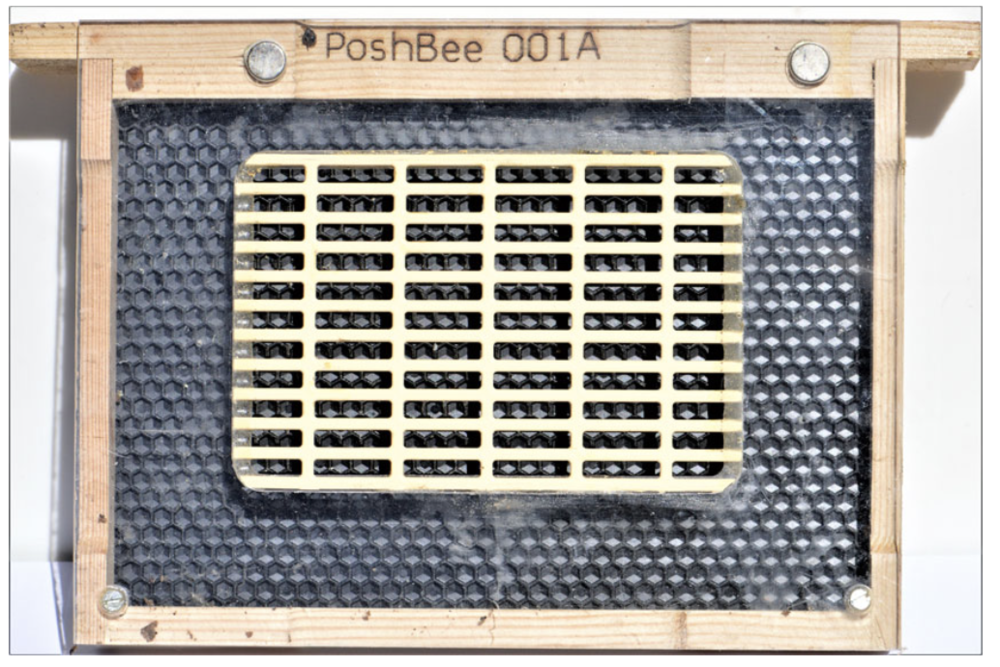
Study frame
Converter Hive
Second, the equipment also includes a Converter Hive which utilises the power of a large colony to create a small but stable study colony with a pre-determined and consistent number of adults and developing bees.
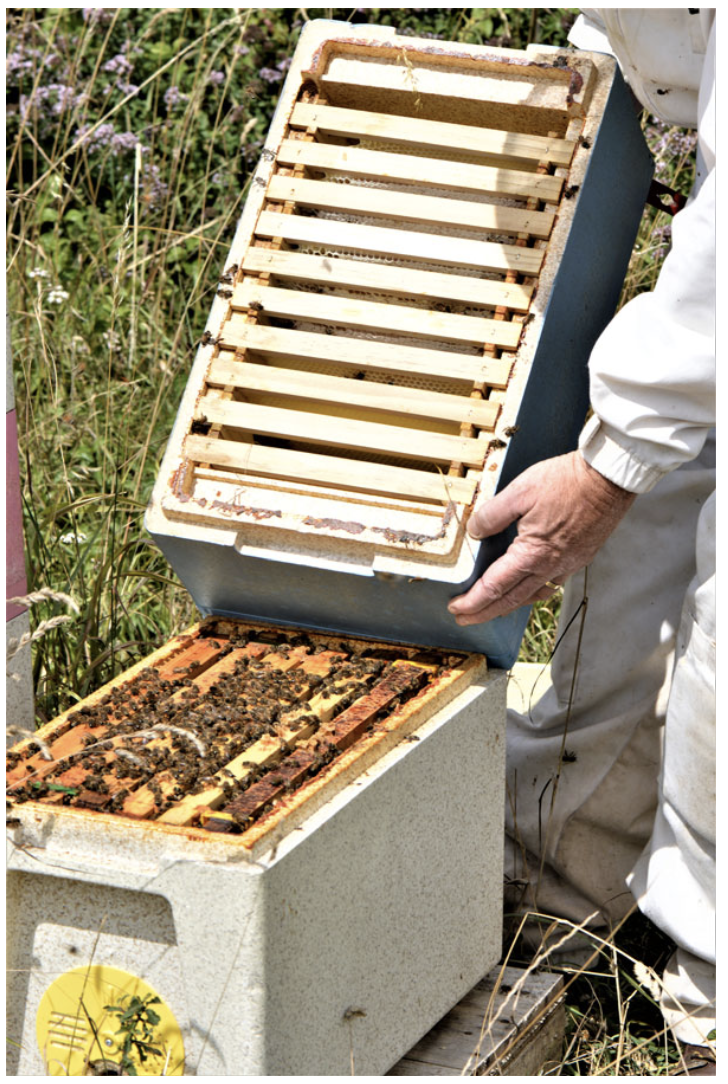
Converter Hive
Robust unit
Third, there is a robust unit which integrates a hive stand, floor, varroa tray, support for scales, dead bee trap, and pollen trap, in order to simplify installation and use and deliver better data.
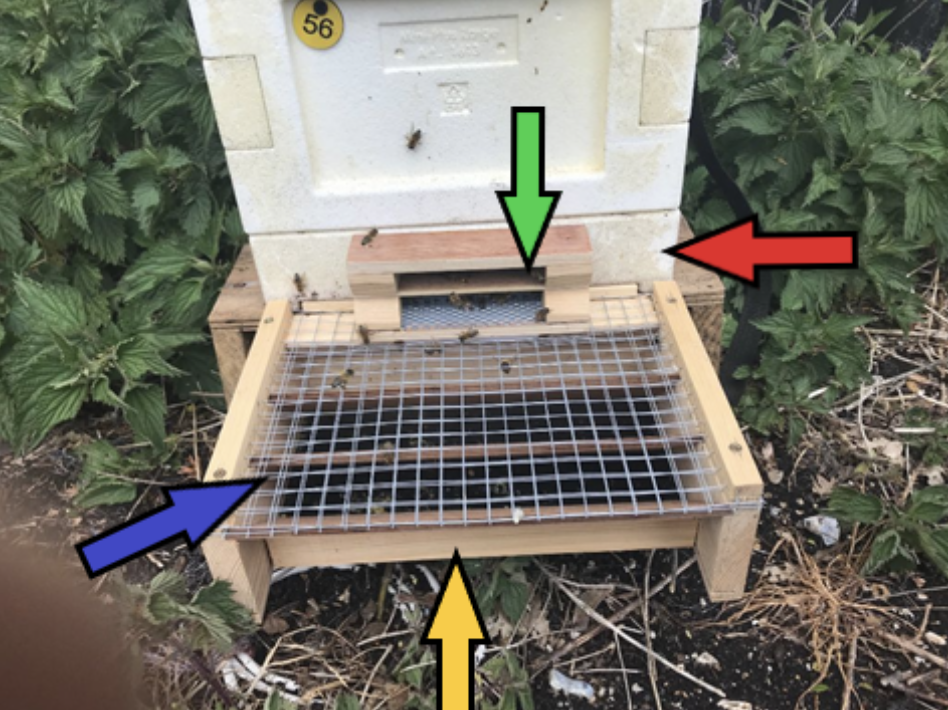
Robust unit
Photographic Apparatus
The equipment also includes a Photographic Apparatus for taking consistent high-definition photographs of brood on MPB Study Frames.
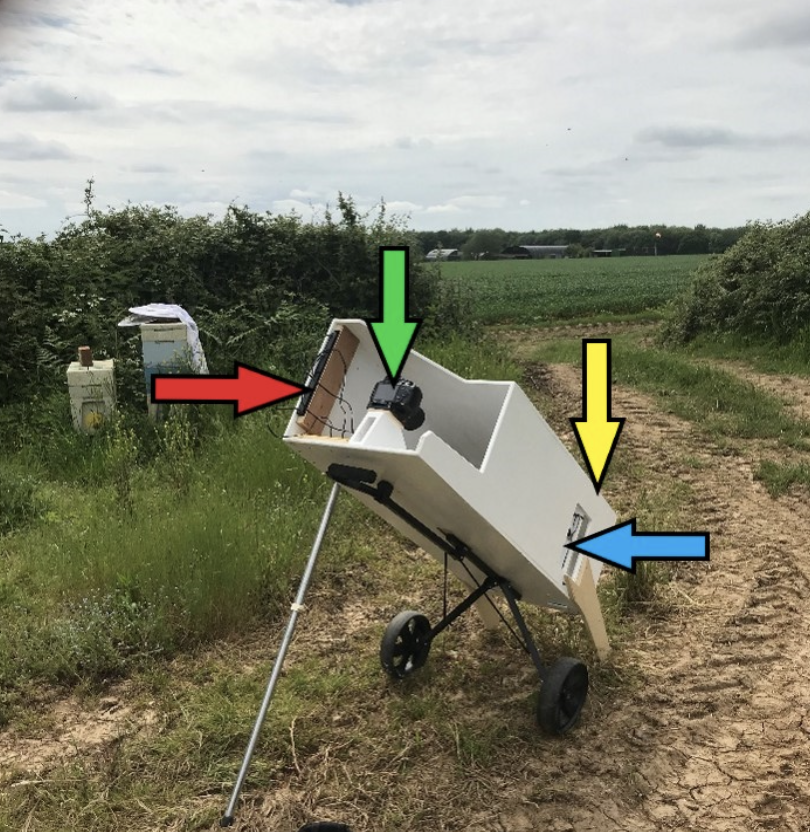
Photographic Apparatus
Additional tools
The integrated system of equipment for honey bee studies also includes frame carriers; candy feeders; winter shelters and a mobile work station for assembly of MPB colonies in the field.
Bee handling units to save your work from extra stings
The first edition of the rubric is devoted to Robin Dean‘s handy innovations. Robin is a second-generation beekeeper and expert on bees, as well as part of the Red Beehive Company based in Hampshire, England.
The affordable bee-handling box
His first suggestion is a simple, yet effective, bee handling unit – a plastic box, which goes over the bumble bee nest, allows the researcher to open the hive and collect samples without being mobbed by angry bees (see photo). Another benefit of this solution is that the transparency of the box allows for the making of photos of the inside of the nest by using your smartphone.

Bee-handling box
The dead-bee trap
Another handy tool is the dead bee trap, which shows an easy way to determine honeybee mortality. Very few people know that bees are, in fact extremely hygienic creatures, regularly cleaning their dwelling from all kinds of residues. As dead bees are dragged out and dropped away from the hive, the trap catches them and enables the researcher to get a count of how many have died in a given time period (see photo).
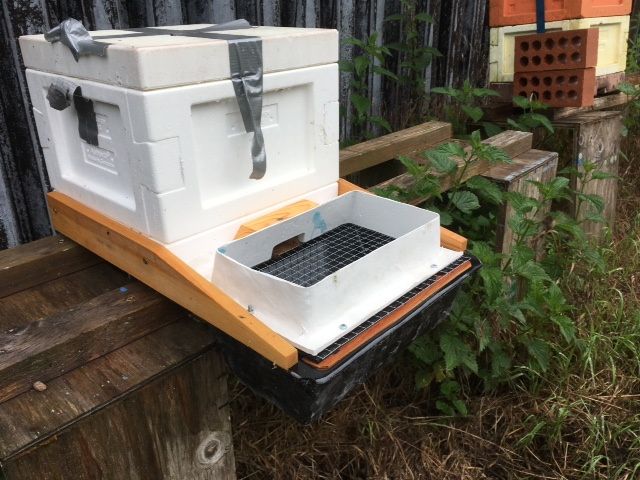
Dead-bee trap
Serial number etching
Another idea that Robin shares is the etching of serial numbers on the frames used during the fieldwork. This method is not only ecological, as the engraving is done with a laser and does not require any additional materials, but it is also a great measure against the mixing of data recording. Additionally, the serial numbers can be easily read in a field environment (see photo).
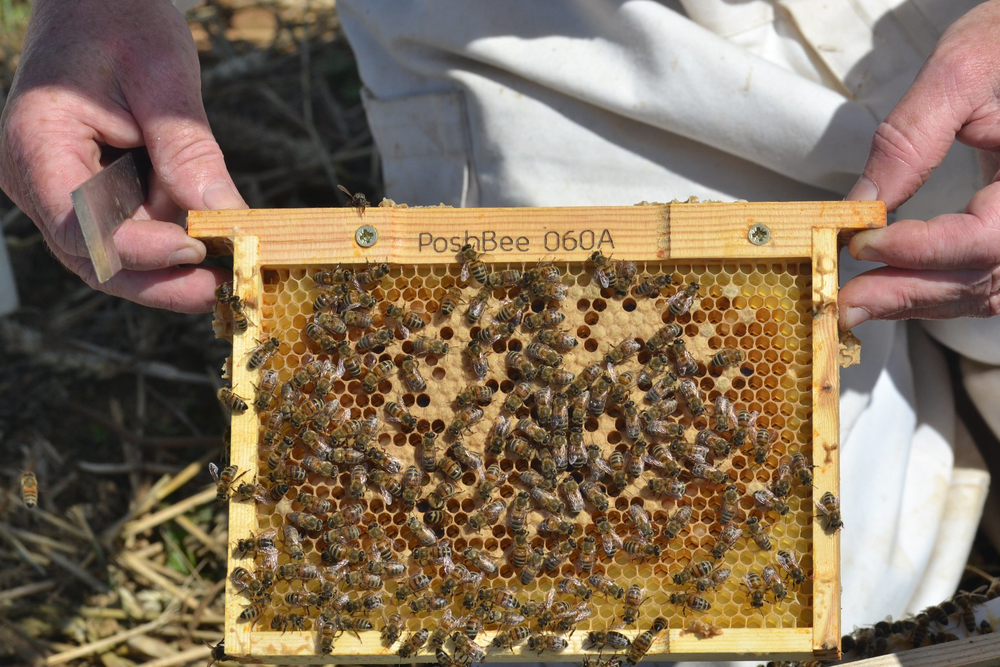
Frame with serial numbers
Bee Hotel
Another invention by Robin is a so-called "bee hotel", which he created for a UK supermarket group. The QR code links directly to their sustainability page with dynamic content about bees, Zero Carbon and other important themes.
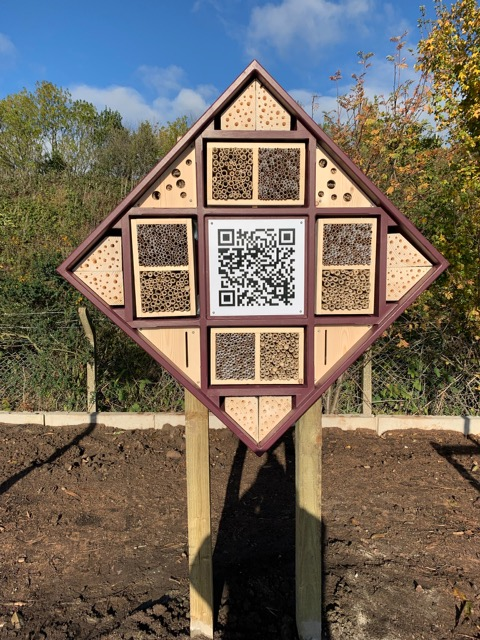
Bee hotel